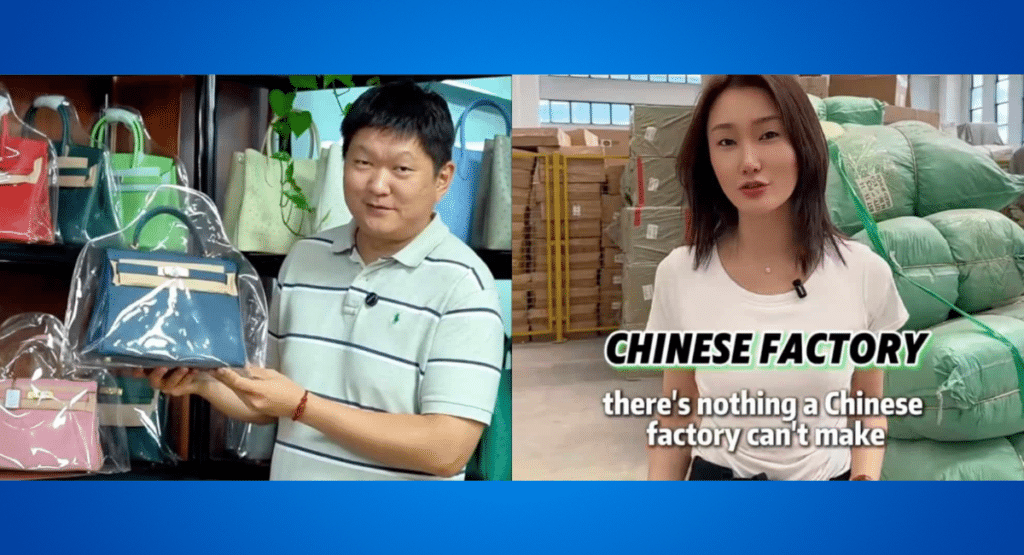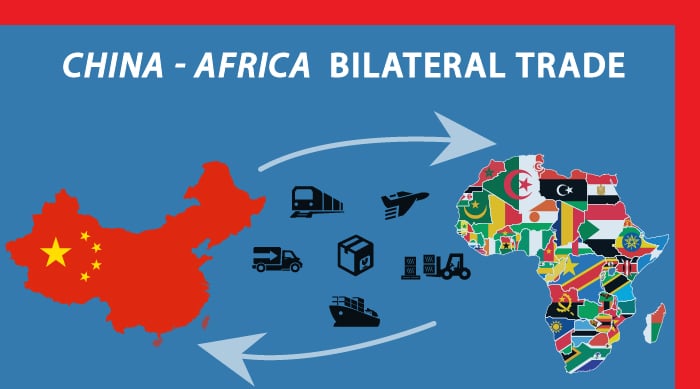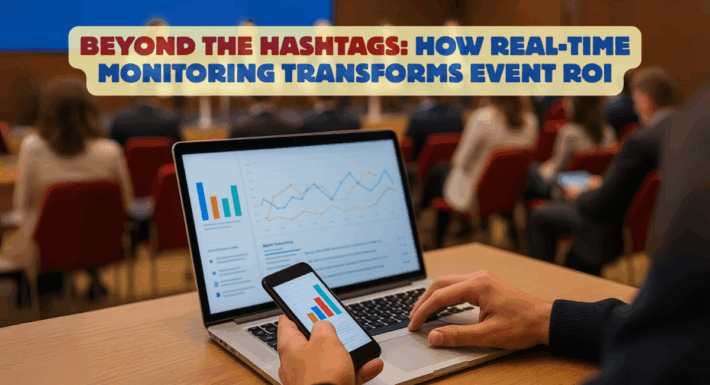China’s Public Relations Strategy: How Soft Power Shapes Global Influence

For a country that’s not exactly known for subtlety in the global narrative game, China’s been playing a PR strategy that’s part spicy, part savage, and all kinds of smart lately.
Let’s be real: when the tariff wars kicked off and Western politicians started using China as their go-to punching bag, Beijing could’ve defaulted to its usual playbook—tight control, stern editorials, and silence where it counts. But not this time. Oh no. This time, China pulled a page straight from the West’s playbook, then rewrote it with dragon ink.
When Tariff Nationalism Meets Social Virality
Case in point: that clip of Vice President JD Vance calling Chinese citizens “peasants”? Normally, China would’ve censored something like that faster than you can say “VPN.” But this time? Viral. On purpose.
Instead of burying the insult, they let it simmer online. No pushback. No statement. Just vibes, and a carefully stoked fire of national pride. The message? “Look how they see us. Now, let’s show them what we’re actually made of.” It’s psychological judo at its finest—turning disrespect into unity, letting the people do the PR heavy lifting, fueled by indignation and pride.
TikTok’s Public Relations Power… Even When It’s Banned
Meanwhile, on the international version of TikTok (which, let’s not forget, is banned inside China), Chinese manufacturers have been casually throwing shade like it’s fashion week.
From factories flaunting their insane supply chain dominance to skilled workers showing off handcrafted techniques that rival luxury brands, the vibe is clear: “Go ahead. Try to move your operations elsewhere. You’ll be back.”

It’s supply chain propaganda, but make it aesthetic. The unspoken punchline? Western brands that tried to pivot away from Chinese manufacturing in the name of ethics or cost savings are finding out the hard way: craftsmanship like this doesn’t come easy, and it definitely doesn’t come cheap. And guess who still has the materials, the labor, the speed, and the quality?
The Global PR Strategy You Didn’t Know You Were Watching
Now let’s zoom out a bit. Because China’s PR moves aren’t just about TikToks and internet clapbacks.
They’re playing the long game globally—through media deals, economic partnerships, and subtle influence campaigns.

In Africa? They’re funding infrastructure and gifting state media training programs. Oh, and they’ve co-produced entire news segments on “mutual respect” with local anchors.
In Europe? They’ve been quietly buying stakes in local media outlets and sponsoring cultural festivals. What better way to influence public perception than through wine, dumplings, and co-branded jazz nights?
In Latin America? Chinese diplomats have taken to Twitter (sorry, X) to roast critics in Spanish, meme-style. Yes, meme diplomacy is real.
All this while investing in ports, pipelines, and digital infrastructure in these same regions. It’s a masterclass in soft power plus economic leverage equals perception control.
So… Why Should You Care?
Because if you’re not monitoring this stuff—really monitoring it—you’re already behind.
When a global power like China leans into media manipulation, TikTok-as-a-tool, or viral nationalism to shape global perception, those ripples affect more than just foreign policy headlines. They touch your supply chain. Your market access. Your brand sentiment in regions you didn’t even know were watching.
And it’s not just China. India, Russia, Brazil, the EU—they’re all running their own PR plays across news cycles, social media waves, and influencer networks. But here’s the thing: not all of it is loud or obvious.
That’s where actual intelligence comes in.
It’s Not Just About Watching. It’s About Monitoring With Intent.
In today’s media landscape, the biggest global power moves don’t always happen in press briefings or policy docs. They unfold across memes, influencer videos, and quote-tweets of politicians halfway across the world.
That’s where strategic media monitoring comes in.
It’s not just tracking headlines or counting mentions. It’s spotting the narrative shifts as they happen. It’s recognizing when a viral clip is being used to fuel nationalism. When TikToks from factory floors double as soft-power plays. When regional media starts shifting tone before policy ever does.
You don’t just need data. You need to know what matters, where it’s spreading, who’s shaping it—and what it means for your brand, your industry, or your international operations.
Media monitoring, done right, lets you:
- Catch early signs of reputation risk in emerging markets
- Understand how global narratives are being framed, intentionally or not
- See how competitors (or countries) are leveraging media moments to reshape perception
Because if you’re only looking at traditional metrics, you’re missing the bigger story. And in a world where even a supply chain TikTok can become a geopolitical statement… you can’t afford to miss the plot.
Final Thought
You don’t have to agree with China’s politics to admit they’ve been running a masterclass in global perception management. They’re using nationalism at home, soft power abroad, and yes—even TikTok flair—to say: we’re not going anywhere.
All this coming after all the previous coverage surrounding the US and China Tech Rivalry and Race to GenAI! It’s smart. It’s strategic. And it’s one hell of a flex.
So maybe the real question is: do you know who’s flexing next? If not, it might be time to find out.
Angus Nguyen, Director of Marketing at Fullintel, specializes in data-driven public relations and media monitoring. His experience analyzing media trends and their global impact provides insights into PR challenges in the automotive sector amid geopolitical developments. Angus excels at separating signal from noise, helping brands focus on actionable insights for stakeholder communication and crisis management.




